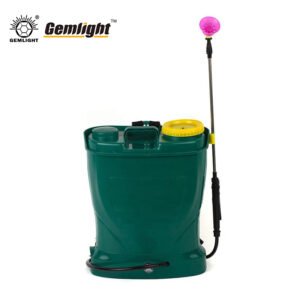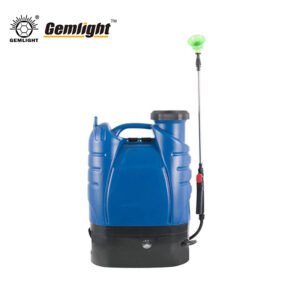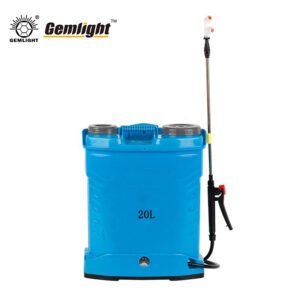Planting trees efficiently requires more than just any digging tool. The right shovel can save time, reduce labor fatigue, and ensure healthy root systems for new trees. For distributors, wholesalers, and professional buyers, understanding the best shovel for planting trees is key to offering quality products that meet customer needs.
This guide explores features, shovel types, soil considerations, and B2B purchasing tips.
Key Features of a Tree-Planting Shovel
A high-quality shovel for tree planting should offer:
-
Blade Shape & Tip
-
Round-point or spear-shaped blades cut through soil and small roots cleanly.
-
Narrow blades are useful for tight spaces near other trees or structures.
-
-
Blade Material
-
High-carbon steel or heat-treated steel ensures strength and durability.
-
Tough blades resist bending or damage in rocky or root-filled soil.
-
-
Handle Length & Material
-
Longer handles provide leverage and reduce back strain.
-
Fiberglass or treated wood handles resist rot and increase lifespan.
-
-
Weight & Balance
-
Balanced shovels reduce fatigue during long planting sessions.
-
Too heavy a shovel tires the user; too light may require extra effort to penetrate soil.
-
-
Edge Design
-
Serrated edges or beveled tips help cut through roots and compacted soil efficiently.
-
-
Durability & Finish
-
Rust-resistant coatings and reinforced connections between blade and handle extend tool life.
-
Types of Shovels for Planting Trees
Different shovels suit different planting conditions:
-
Round-Point Shovel
Ideal for general digging and breaking ground in moderate soil. -
Transplanting Spade / Narrow Spade
Perfect for precise holes and moving saplings without disturbing soil too much. -
Spear Head Spade
Excellent for tough or rocky soil, cutting through roots efficiently. -
Serrated Blade Shovel
Designed for root-filled soil and compacted areas, allowing smoother cutting. -
Long-Handle Shovel
Provides leverage for deeper holes and reduces bending for large tree planting tasks.
Soil and Site Considerations
-
Rocky or Root-Filled Soil → Requires strong, sharp, and possibly serrated blades.
-
Clay Soil → Durable blade and long handle for leverage; wide blade helps scoop heavy soil.
-
Loose or Sandy Soil → Lightweight shovels improve speed and reduce fatigue.
-
Tight Spaces / Urban Planting → Narrow blades and precise spades reduce disturbance to surrounding plants.
Advantages for B2B Buyers
For wholesalers or distributors:
-
High Demand: Suitable for commercial tree planting, landscaping, and agricultural projects.
-
Versatility: One shovel can serve multiple planting and digging tasks.
-
Customer Satisfaction: Durable and well-balanced tools reduce complaints and returns.
-
Profit Potential: Bulk sales of quality shovels for tree planting are attractive to nurseries, landscaping companies, and construction suppliers.
Maintenance Tips
-
Clean blades after use to prevent rust.
-
Sharpen edges regularly for easier digging and cutting.
-
Oil blades lightly before storage.
-
Inspect handles and secure loose fittings.
-
Store shovels in dry areas, preferably with blade protection.
Conclusion
Choosing the best shovel for planting trees means selecting a tool that balances durability, ergonomics, and blade efficiency. For most tree planting scenarios, a serrated round-point shovel with a long handle provides the best combination of leverage, cutting power, and comfort.
B2B buyers can benefit from stocking versatile shovels that serve a wide range of customers, including nurseries, landscaping services, and agricultural operations. Offering quality shovels ensures reliability, customer satisfaction, and repeat business in the professional tree planting market.




